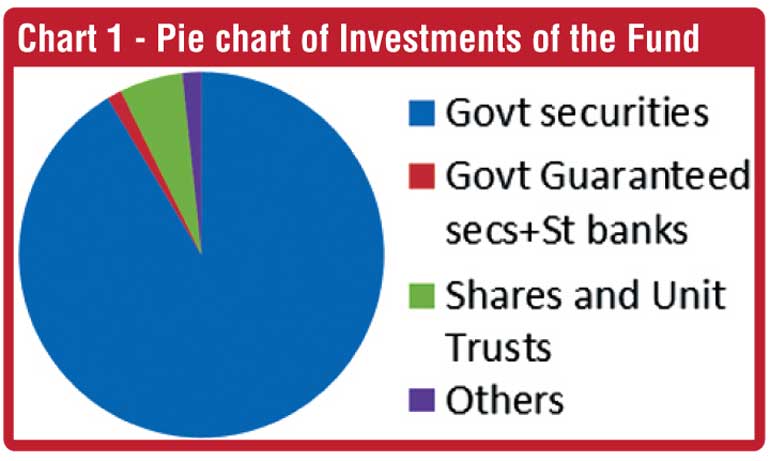 Tuesday, 29 November 2016
Tuesday, 29 November 2016At a time when the Employees’ Trust Fund is celebrating 35 years of existence, it is time to reflect upon its original concept and perhaps look at any re-orientation needs it requires to be compatible withthe current socio-economic environment.
The Employees’ Trust Fund (ETF) and its sister fund, the Employees’ Provident Fund (EPF), have attracted considerable attention in the recent past. Some concerns are justified while others are unfounded and arise to ignorance. Most often whenever these funds come up in conversations, it is surprising to note the many misconceptions that abound. This article attempts to provide some insights into the original concept and objectives of the ETF, correct some of the misconceptions and finally suggest a way forward to achieve desirable objectives.

The concept of an ETF
 The open economy introduced in 1978 created a paradigm shift in Government policy. The private sector was expected to be the engine of growth, the Government was to be a facilitator of economic growth, and a massive infrastructure programme was initiated. It was in this environment that the Employees’ Trust Fund was created. It is common knowledge that the ETF was the brainchild of Lalith Athulathmudali, the then Minister of Trade and Shipping who was instrumental in creating the Sri Lanka Ports Authority by amalgamating three entities, and making the Colombo Port an efficient and sought after port.
The open economy introduced in 1978 created a paradigm shift in Government policy. The private sector was expected to be the engine of growth, the Government was to be a facilitator of economic growth, and a massive infrastructure programme was initiated. It was in this environment that the Employees’ Trust Fund was created. It is common knowledge that the ETF was the brainchild of Lalith Athulathmudali, the then Minister of Trade and Shipping who was instrumental in creating the Sri Lanka Ports Authority by amalgamating three entities, and making the Colombo Port an efficient and sought after port.
The Employees.docx by Siva Thavam on Scribd
